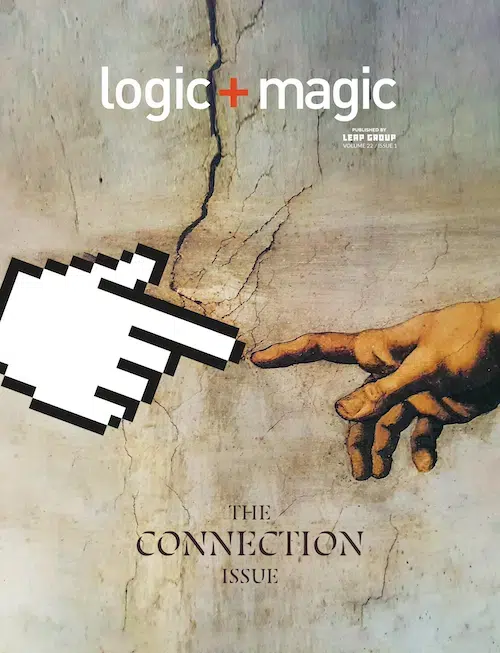Graphic and UX design are vital to ensure a legitimate representation of companies, help solve business problems through graphic illustrations and focus on business goals.
Aside from their physical importance, it is also important to be able to communicate design decisions to clients in order to align business goals to increase the return of investment for a company.
The form of communication can be through various forms of media including, but not limited to: digital display ads, websites and marketing collateral. The following steps will be of much assistance to validate design decisions to clients as a designer.
Presenting
The first step in being able to successfully convey designs is to know how to present them.
- Create an agenda for yourself with a list of items you’re going to show and what you are going to explain to the client
- Set expectations of what client is going to see in your presentation
- Show the previous phase of work that led up to the current piece being shown in your presentation
- Show the current work with details and specifics of your font, color, imagery and layout choices. This step is especially helpful to convince the client of how you want to guide their users and why it will work
- Explain next steps
- Allow time for discussion and feedback
Being confident in your work and your reasoning will demonstrate that you are the creative professional and trust the work you created is the solution the client needs.
Client Feedback
You should always expect some feedback from the client and have a back-up plan on how to answer.
For example, if you made a card on a website blue, and have a reason for making it blue, be sure to emphasize why you chose that color so they trust your reasoning, and don’t ask you to change. Preventing changes like that can save time and perhaps enlighten and delight the client.
Communication between client and designer is crucial to allow a project flow smoothly. Always take notes on feedback of what the client likes, or doesn’t like, to ensure you are making all requested changes. This also helps prevent any similar issues going forward with other projects for the same client.
Conveying designs to client is extremely important so the translation of visuals doesn’t get lost. If the client sees design work with no reasoning or thought process, the work doesn’t have much leverage. They will see the work out of context, and not realize the reasoning for a design choice – like the hierarchy of a page structure or contrasting of colors.
Presenting work with confidence, communication and discussion makes your project go by much more efficiently and verifies all bases were covered.



